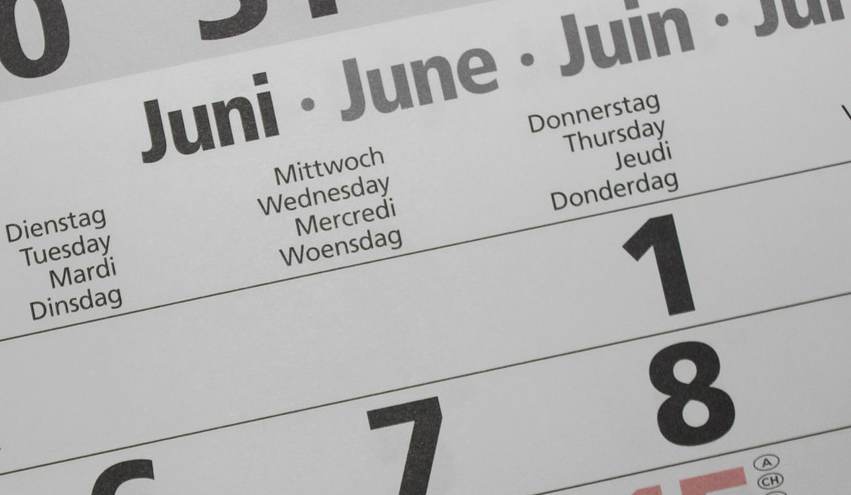Reinsurance companies need to focus on capital preservation in order to offset the impacts in terms of losses and investment declines from the Covid-19 pandemic, according to S&P Global Ratings.
 While this may drive some increased demand, as reinsurers look to protect their portfolios and in particular hedge out extreme catastrophe risks using retrocession, any demand increase will also have to balance out versus an expected hardening of reinsurance pricing through 2020 renewals.
While this may drive some increased demand, as reinsurers look to protect their portfolios and in particular hedge out extreme catastrophe risks using retrocession, any demand increase will also have to balance out versus an expected hardening of reinsurance pricing through 2020 renewals.
Preserving capital may also mean a desire to spend less on retrocessional protection, but in a firming rate environment it seems reinsurers may be more keen to ensure they can support their book with adequate protection than having to downsize due to having less of it.
“We think reinsurers should preserve capital to offset the erosion in capital positions due to the current volatility in the financial markets and the potential re/insurance claims from COVID-19,” S&P said in a new report.
While the industry has been characterised by returning capital in recent years, now is the time to retain and preserve it, S&P believes.
Having stress tested the U.S. reinsurance market’s investment side, S&P said that “almost all of its rated North American reinsurers are able to maintain capital adequacy in line with the ratings for now.”
However, S&P warns that “North American reinsurers are carrying thinner capital buffers than in the past.”
Which the rating agency says means, “Those with riskier investment strategies and outsize natural catastrophe exposure are at risk if market losses intensify and 2020 ends up being an above-average catastrophe year.”
Which, alongside the expected flood of claims coming from the Covid-19 coronavirus pandemic, means reinsurance companies may find buying more retrocession useful at this time, as a form of capital protection.
In particular, reinsurers we have spoken with suggest buying more catastrophe retrocession at this time seems prudent, as a way to protect the balance-sheet against peak peril events.
In addition, a number of reinsurers we’ve spoken with also feel that they may cede more risk to third-party capital vehicles, where they can, as a way to again reduce the potential catastrophe burden on their core balance-sheets.
2020 looks like it could be a bit of a balancing-act for reinsurers though, as they will be keen to benefit from an expected further hardening of reinsurance rates as well.
At the renewal seasons in 2020, reinsurance pricing is expected to harden further S&P believes.
“We believe the investment losses and low interest rates depressing investment yields, along with reinsurance claims due to the outbreak, could further harden reinsurance pricing and maintain the momentum during the upcoming 2020 renewals,” the rating agency explained.
So the potential to make better underwriting returns, alongside the already robust capitalisation of reinsurers, may mean they don’t want to buy so much retro, in some cases.
But for others, this scenario actually makes ceding risk to third-party capital potentially more attractive, as business written at higher rates can be ceded pro-rata to allow reinsurers to benefit from the higher returns, without becoming over-exposed and potentially generate higher fees and profit share commissions if the portfolios perform well.
Swiss Re has been a prime example of a major reinsurer leveraging third-party capital to grow into catastrophe risks without over-exposing its book.
Other reinsurers may feel now is the time to follow-suit, although for this to be successful we will need to see how quota shares and sidecars fare when it comes to Covid-19 claims.
Investor support will be key for any reinsurer looking to follow this strategy and if investors take unexpected losses through quota share vehicles due to the pandemic that could shut the door on the capital markets for some reinsurers.
2020 may become a particularly important year to manage catastrophe reinsurance exposures, while also ensuring you can write your fair share of business at firmer pricing.
To achieve that retrocession and third-party capital are both going to be key and this will place a significant amount of power in the hands of investors it seems, especially those providing quota share capacity.
With some of the reinsurers that use a lot of private ILS quota share capacity expected to be some of the most exposed to Covid-19 claims, this source of capacity may prove more expensive to access in 2020 than it has in recent years.
One of the best ways to preserve capital is through a robust reinsurance or retro program, but in an environment where rates are increasing it will be extremely tempting to take on more exposure than you perhaps should.
All of which means the balancing-act of inwards versus outwards, as well as over structure, capital source (own or others) and hedging strategy, is set to be of upmost importance through the coming renewal season.
 View all of our Artemis Live video interviews and subscribe to our podcast.
View all of our Artemis Live video interviews and subscribe to our podcast.
All of our Artemis Live insurance-linked securities (ILS), catastrophe bonds and reinsurance video content and video interviews can be accessed online.
Our Artemis Live podcast can be subscribed to using the typical podcast services providers, including Apple, Google, Spotify and more.































